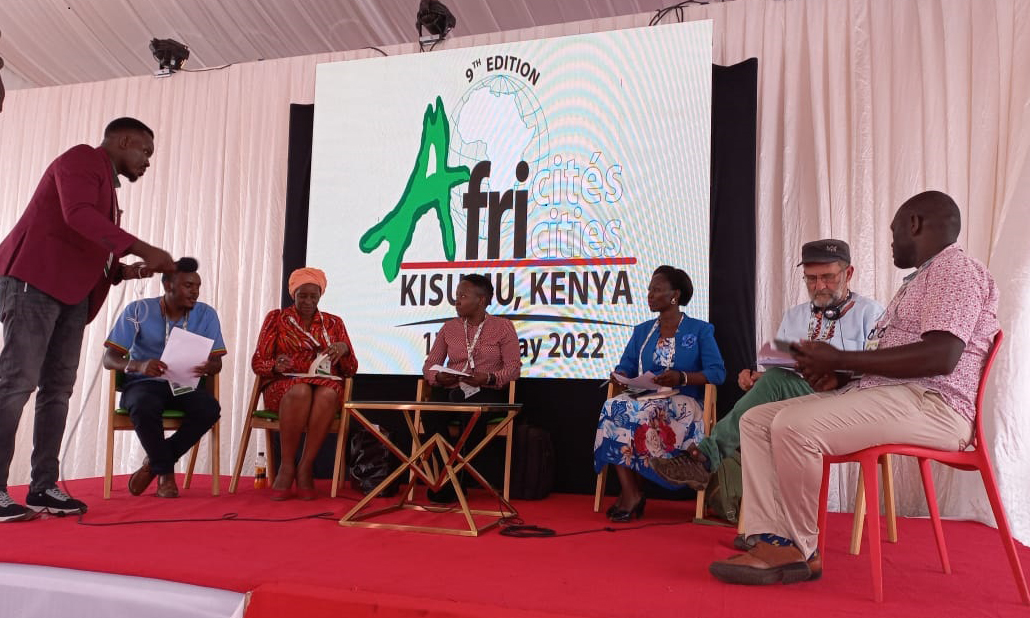
As I write this, Istanbul is under siege. The might of Istanbul’s entire police force—the largest city police force in Europe—is violently cracking down on peaceful occupiers in Gezi Park.
The protest, which began on 27 May, is ostensibly over a planned shopping center to be built over a park in Istanbul’s central Taksim Square. Nevertheless, massive popular movements like this do not emerge out of nowhere. Typically, they are the result of the tireless groundwork of activists over the course of an extended period. And then, something happens: a spark sets off the lighter fluid accumulating unnoticed at everyone’s feet.
The protests began with approximately seventy Right to the City protesters in Gezi Park on 27 May when demolition of the park was set to begin. These activists successfully stopped demolition and a little more than a dozen activists spent that night in the park. They erected two large tents, brought guitars, and made their opinions known to passersby. These activists were comprised of members of Taksim Solidarity and the Taksim Gezi Park Protection and Beautification Association as well as some unaffiliated but concerned individuals.
On 28 May, a coalition of Right to the City associations presented a petition to Istanbul’s Council to Protect Culture Heritage calling on it protect the park. At 1:30 in the afternoon on 28 May, bulldozers returned a second time. The protesters resisted and police used tear gas to clear the park. One activist climbed a tree and was unable to be dislodged, further stalling demolition. Demolition resumed and continued until pro-Kurdish rights Peace and Democracy Party (BDP) and secularist opposition Republican People’s Party Members of Parliament Sırrı Süreyya Önder and Gülseren Onanç blockaded bulldozers. This yet again stopped demolition and a protest was called for 7pm that night. Protesters slept in the park again.
The day of 29 May was more low-key as a few hundred people came out for protests in the park and created a festival-like atmosphere with films and concerts. Throughout the day, activists planted seedlings in the park as a token of resistance. Numbers swelled and 150 people slept in the park that night as the state regrouped.
On 30 May Turkish police, unwilling to allow a major tourist hub to be blighted in this fashion, gave the occupiers a five in the morning wake-up call in the form of tear gas. In case the message was not clear enough, they also set fire to occupiers’ tents. With the park cleared and the state clear that it meant business, demolition resumed until at 7:50 in the morning, Önder yet again blockaded the bulldozers with his own body. After news broke on social media of the early-morning raid and concomitant police violence, people accumulated throughout the day and slept over in the park en masse.
The police tried the same tactics on the morning of 31 May, this time with several hundred people sleeping over in the park. The raid was more vicious than the day before and media was banned from the park. After this, Taksim Square officially became contested territory as police violence escalated and protesters clashed with police throughout the day.
Read the entire article clicking here.


